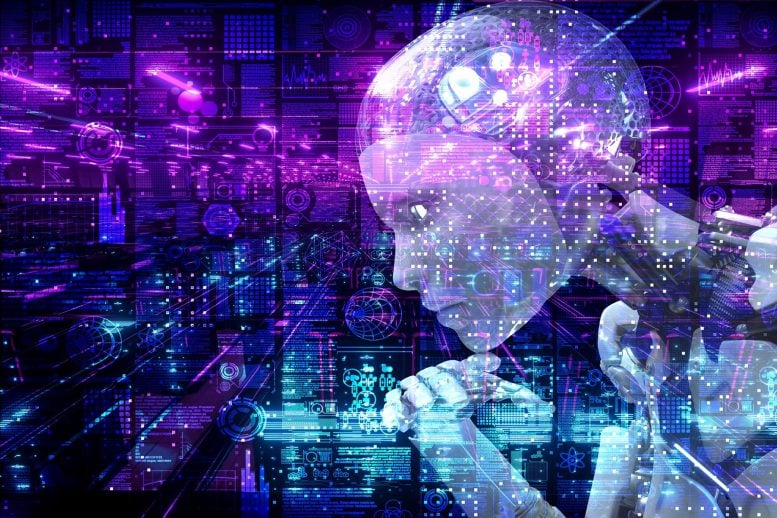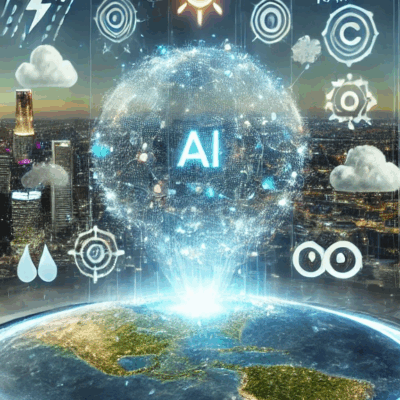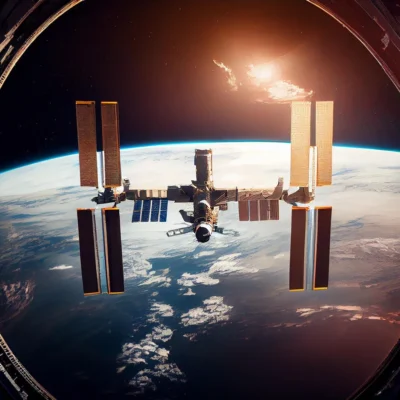Researchers have unveiled a groundbreaking AI algorithm known as Torque Clustering, significantly enhancing an AI system’s ability to learn and recognize patterns in data independently, without human input.
Torque Clustering closely mimics natural intelligence compared to existing AI methods. This innovative approach allows AI to autonomously learn and identify patterns within vast datasets across various fields, including biology, chemistry, astronomy, psychology, finance, and medicine. By revealing hidden patterns, it can offer valuable insights such as tracking disease trends, detecting fraudulent activities, and analyzing human behavior.
“In nature, animals learn through observation, exploration, and interaction with their surroundings without needing explicit instructions. The future of AI, particularly in ‘unsupervised learning,’ aims to replicate this natural process,” explained Distinguished Professor CT Lin from the University of Technology Sydney (UTS).
“Most current AI technologies rely on ‘supervised learning,’ a training method that necessitates extensive human-labeled data using predefined categories or values for the AI to make predictions and discern relationships.
“Supervised learning comes with numerous limitations; labeling data can be costly, time-consuming, and impractical for complex or large-scale tasks. In contrast, unsupervised learning operates without labeled data, revealing the intrinsic structures and patterns present in datasets.”
A Paradigm Shift in AI Learning
A paper detailing the Torque Clustering methodology has been published in IEEE Transactions on Pattern Analysis and Machine Intelligence, a prestigious journal in artificial intelligence.
The Torque Clustering algorithm surpasses traditional unsupervised learning techniques, representing a potential paradigm shift. It operates autonomously, without parameters, and processes large datasets with remarkable computational efficiency.
Thorough testing on 1,000 diverse datasets yielded an average adjusted mutual information (AMI) score—a measure of clustering effectiveness—of 97.7%. In contrast, other leading methods achieve scores in the 80% range.
Physics-Inspired AI Innovation
“What distinguishes Torque Clustering is its foundation in the physical concept of torque, which allows it to autonomously identify clusters and seamlessly adapt to various data types, irrespective of their shapes, densities, or noise levels,” stated lead author Dr. Jie Yang.
“It draws inspiration from the torque balance in gravitational interactions during galaxy mergers and is based on two fundamental properties of the universe: mass and distance. This connection to physics adds a significant scientific dimension to the method.
“The previous year’s Nobel Prize in Physics recognized foundational discoveries that empower supervised machine learning with artificial neural networks. Similarly, unsupervised machine learning, inspired by the principle of torque, holds the potential to create a comparable impact,” Dr. Yang noted.
Torque Clustering could facilitate the advancement of general artificial intelligence, particularly in robotics and autonomous systems, by optimizing movement, control, and decision-making. It aims to transform the landscape of unsupervised learning, paving the way for truly autonomous AI. The open-source code is now available for researchers.
Reference: “Autonomous Clustering by Fast Find of Mass and Distance Peaks” by Jie Yang and Chin-Teng Lin, January 28, 2025, IEEE Transactions on Pattern Analysis and Machine Intelligence.





